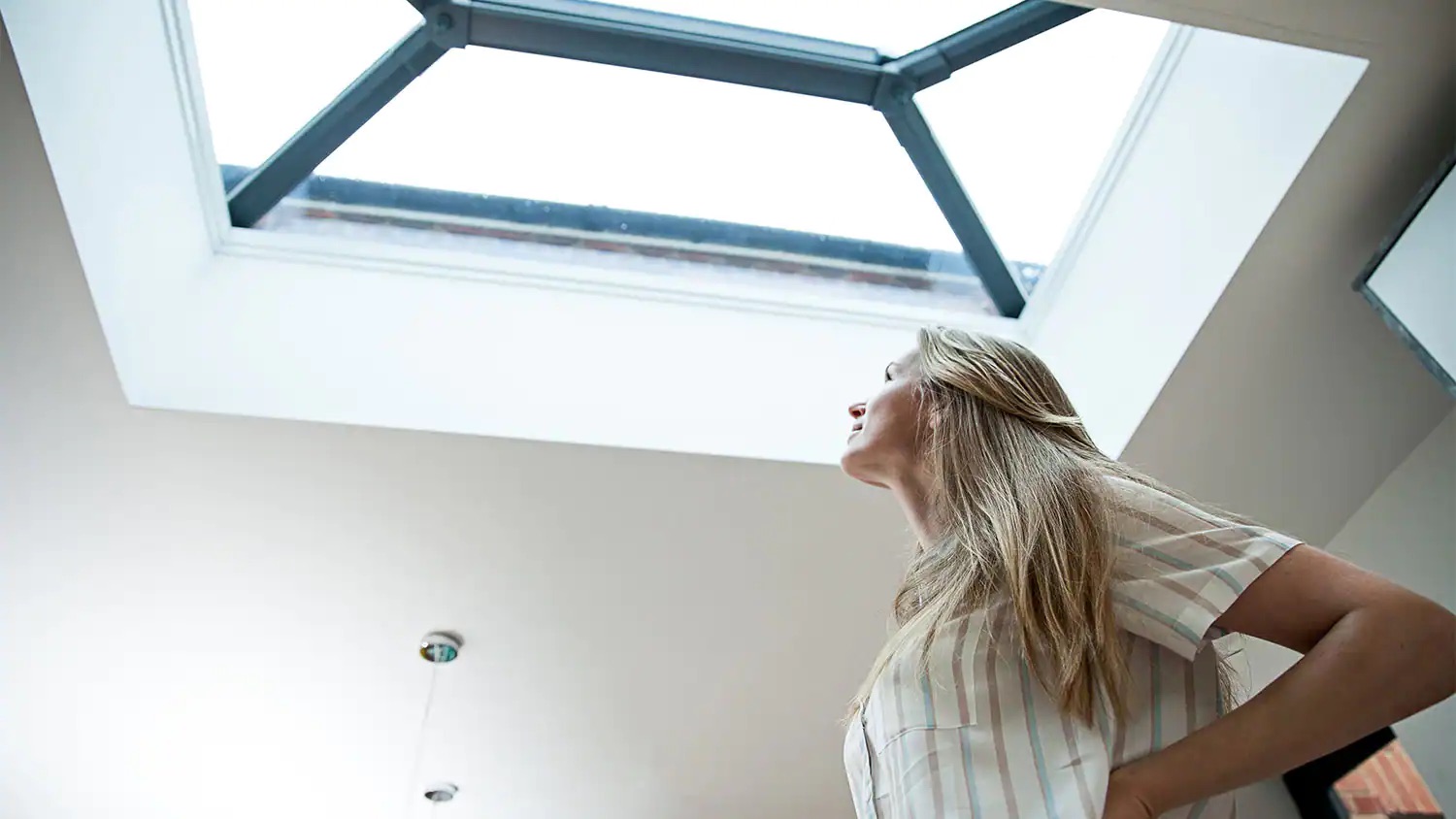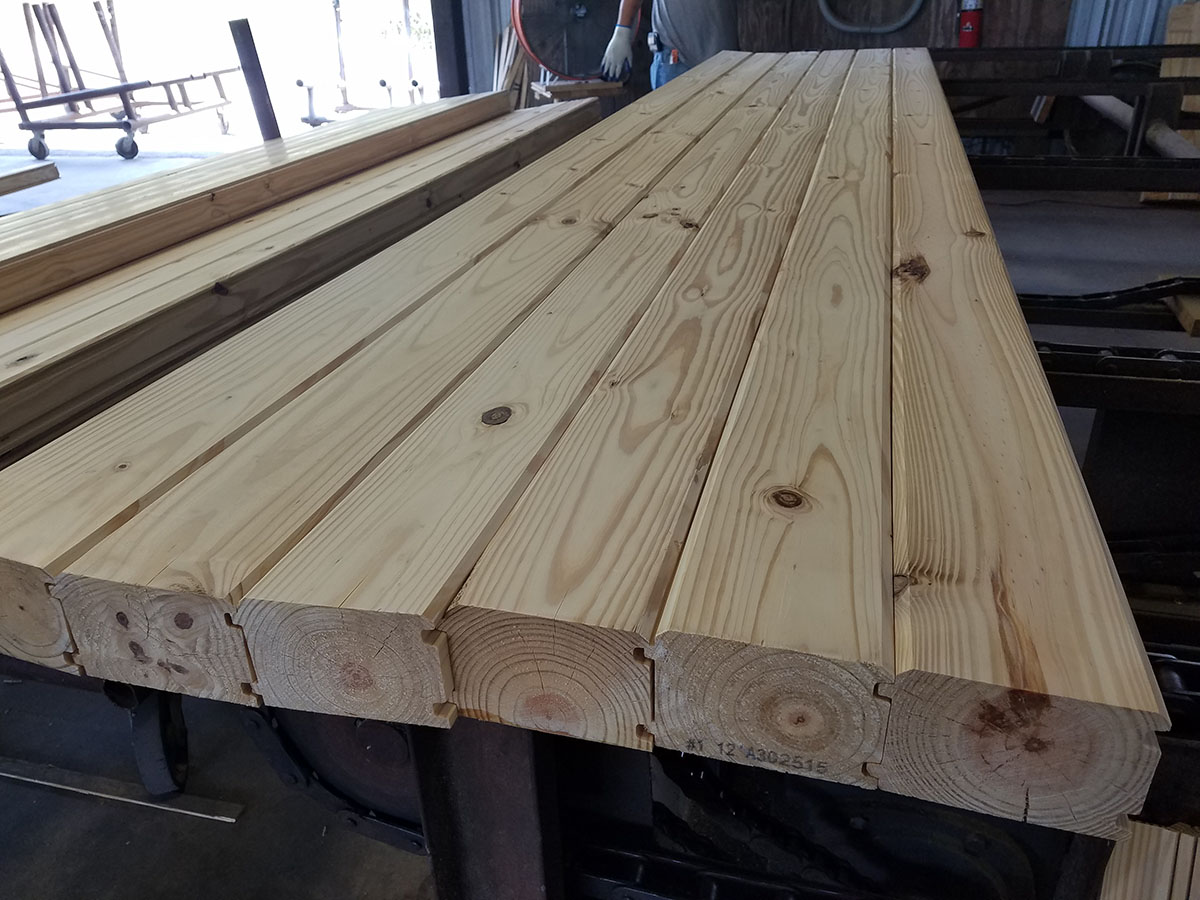Home>Others>Specialized Home Improvement Topics>What Is The Rubber Around Car Windows Called


Specialized Home Improvement Topics
What Is The Rubber Around Car Windows Called
Modified: January 18, 2024
Discover the purpose and importance of the rubber around car windows, as well as its role in specialized home improvement topics. Learn more about this essential component today!
(Many of the links in this article redirect to a specific reviewed product. Your purchase of these products through affiliate links helps to generate commission for Storables.com, at no extra cost. Learn more)
**
Introduction
**
When you gaze at a car, it's easy to overlook the intricate details that contribute to its functionality and aesthetics. The rubber surrounding the windows might seem insignificant, but it plays a crucial role in maintaining the integrity of the vehicle. This often-overlooked component not only enhances the vehicle's appearance but also serves practical purposes. In this article, we will delve into the world of car window rubber, exploring its functions, types, and the essential maintenance required to ensure its longevity. Whether you're a car enthusiast seeking to deepen your knowledge or a vehicle owner aiming to better care for your automobile, understanding the significance of the rubber around car windows is essential. Let's embark on a journey to unravel the mysteries of this vital automotive element.
**
Key Takeaways:
- Car window rubber seals protect the interior from water, dust, and noise, while enhancing the vehicle’s appearance and structural integrity.
- Different types of rubber, like EPDM and TPE, are used in car windows to ensure durability, weather resistance, and optimal performance.
Function of the Rubber Around Car Windows
**
Have you ever pondered the purpose of the rubber surrounding your car windows? This unassuming material serves multiple crucial functions, contributing to both the aesthetics and the structural integrity of your vehicle. Let’s explore the primary roles of this often-underappreciated component:
- Sealing and Weatherproofing: The rubber around car windows acts as a seal, preventing water, dust, and other environmental elements from infiltrating the interior of the vehicle. This is essential for maintaining a dry and clean interior, protecting the upholstery, electrical components, and passengers from the adverse effects of moisture and debris.
- Noise Reduction: In addition to its sealing properties, the rubber helps minimize external noise from penetrating the cabin, contributing to a quieter and more comfortable driving experience. By creating a barrier between the window glass and the vehicle frame, the rubber effectively dampens the transmission of sound, enhancing the overall acoustic insulation of the car.
- Enhancing Structural Integrity: The rubber surrounding car windows provides crucial support to the glass, helping to absorb shocks and vibrations. This is particularly important during bumpy rides or when the vehicle traverses uneven terrain, as the rubber helps mitigate the impact on the windows, reducing the risk of damage or breakage.
- Aesthetic Enhancement: Beyond its functional roles, the rubber trim around car windows contributes to the vehicle’s visual appeal. It complements the overall design, adding a sleek and polished finish to the windows while seamlessly integrating with the car’s exterior aesthetic.
Understanding the multifaceted function of the rubber surrounding car windows underscores its significance in preserving the integrity and comfort of the vehicle. This versatile material not only safeguards the interior from external elements but also contributes to a more serene and visually appealing driving environment.
**
Types of Rubber Used in Car Windows
**
When it comes to the rubber used in car windows, various types of materials are employed to fulfill the diverse requirements of modern vehicles. The selection of rubber for automotive applications takes into account factors such as durability, weather resistance, flexibility, and ease of installation. Let’s explore some common types of rubber utilized in car windows:
- EPDM (Ethylene Propylene Diene Monomer): EPDM rubber is widely favored in the automotive industry for its exceptional weather resistance and durability. This synthetic rubber exhibits remarkable resistance to ozone, sunlight, and extreme temperatures, making it an ideal choice for sealing car windows. Its flexibility and resilience enable it to maintain a secure and watertight seal, effectively protecting the interior from moisture and environmental elements.
- TPE (Thermoplastic Elastomer): TPE is a versatile rubber-like material that offers a balance of flexibility, strength, and ease of processing. It is often used in automotive applications, including car window seals, due to its excellent sealing properties and resistance to weathering. TPE can be formulated to exhibit specific characteristics, allowing manufacturers to tailor its performance to meet the requirements of different vehicle models.
- Neoprene: Neoprene rubber is valued for its resilience and resistance to degradation from oils, chemicals, and environmental factors. While it may not be as commonly used in modern vehicles as EPDM or TPE, neoprene remains a viable option for specific automotive sealing applications, including certain types of car window seals.
- Silicone Rubber: Silicone rubber offers exceptional heat resistance and maintains its flexibility across a wide temperature range. These properties make it suitable for use in high-temperature environments, such as the engine compartment, where it may be employed in various gaskets and seals. While not as prevalent in car window seals as EPDM or TPE, silicone rubber’s heat resistance and sealing capabilities render it suitable for specific automotive sealing requirements.
Each type of rubber brings distinct advantages to the table, catering to the diverse needs of automotive window sealing. Manufacturers carefully select the most suitable material based on performance, longevity, and environmental resilience, ensuring that the rubber surrounding car windows delivers optimal functionality and protection.
**
The rubber around car windows is called the window seal or weatherstripping. It helps to keep out water, air, and noise from entering the car. Regularly cleaning and maintaining the window seals can help prevent leaks and reduce wind noise.
Maintenance and Replacement of Car Window Rubber
**
Proper maintenance of the rubber surrounding car windows is essential for preserving its functionality and extending its service life. Additionally, understanding when and how to replace worn or damaged rubber seals is crucial for ensuring the continued protection and integrity of the vehicle. Let’s delve into the key aspects of maintaining and replacing car window rubber:
- Regular Inspection: Periodically inspect the rubber seals around the car windows to check for signs of wear, damage, or deterioration. Look for cracks, tears, or areas where the seal is no longer effectively preventing water and debris from entering the vehicle. Addressing these issues promptly can prevent further damage and maintain the integrity of the seals.
- Cleaning and Lubrication: Keep the rubber seals clean and free from dirt, grime, and debris. Regularly wash the seals with a mild detergent and water, ensuring that no abrasive or corrosive substances come into contact with the rubber. After cleaning, apply a silicone-based lubricant specifically designed for automotive rubber seals to maintain their flexibility and sealing properties.
- Protection from UV Exposure: Prolonged exposure to sunlight and UV radiation can accelerate the deterioration of rubber seals. Utilize protective products formulated to shield the rubber from UV rays, helping to preserve its elasticity and prevent premature aging.
- Replacement Considerations: When the rubber seals exhibit extensive wear, damage, or loss of elasticity, replacement may be necessary to maintain the vehicle’s integrity and weatherproofing. It is advisable to consult with a qualified automotive technician or a reputable auto service center to assess the condition of the seals and determine if replacement is warranted.
- Professional Replacement: If replacement is deemed necessary, entrust the task to experienced professionals who can ensure the proper installation of new rubber seals. This is crucial for maintaining the effectiveness of the seals and preventing potential issues such as water leakage and diminished noise insulation.
By adhering to a proactive maintenance regimen and promptly addressing any issues with the rubber surrounding car windows, vehicle owners can safeguard their automobiles against the detrimental effects of weather and environmental elements. Whether it involves routine cleaning and lubrication or the judicious replacement of worn seals, conscientious care of car window rubber is integral to the long-term preservation of the vehicle’s structural integrity and interior comfort.
**
Conclusion
**
The rubber surrounding car windows serves as a silent guardian, diligently protecting the vehicle’s interior from the onslaught of nature while contributing to a serene and comfortable driving experience. From sealing out moisture and debris to enhancing structural integrity and minimizing noise, this unassuming material plays a pivotal role in maintaining the functionality and aesthetics of automobiles.
Understanding the diverse types of rubber used in car windows sheds light on the meticulous selection process employed by manufacturers to ensure optimal performance and longevity. Whether it’s the weather-resistant properties of EPDM, the versatility of TPE, or the resilience of neoprene and silicone rubber, each material is carefully chosen to meet the demanding requirements of automotive window sealing.
Moreover, the maintenance and replacement of car window rubber are essential practices that empower vehicle owners to safeguard their automobiles against the ravages of time and environmental exposure. By conducting regular inspections, cleaning, and lubricating the seals, as well as addressing the need for replacement when necessary, individuals can uphold the integrity and functionality of the rubber surrounding car windows.
As we bid adieu to this exploration of car window rubber, let’s not overlook the significance of this unassuming yet indispensable component. Whether it’s braving the elements or preserving the tranquility of the driving environment, the rubber around car windows stands as a testament to the meticulous engineering and thoughtful design that underpin modern vehicles.
So, the next time you gaze at a car, take a moment to appreciate the unassuming yet vital role played by the rubber surrounding its windows—a small detail that embodies the resilience and innovation woven into every automotive masterpiece.
Frequently Asked Questions about What Is The Rubber Around Car Windows Called
Was this page helpful?
At Storables.com, we guarantee accurate and reliable information. Our content, validated by Expert Board Contributors, is crafted following stringent Editorial Policies. We're committed to providing you with well-researched, expert-backed insights for all your informational needs.
















0 thoughts on “What Is The Rubber Around Car Windows Called”